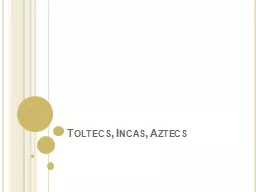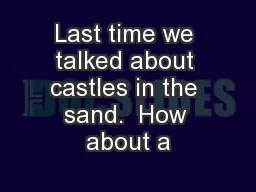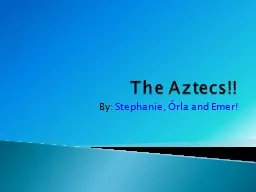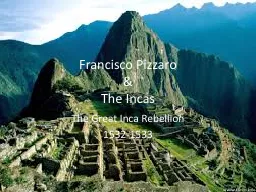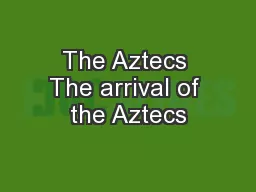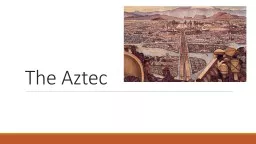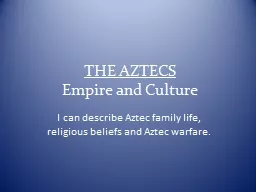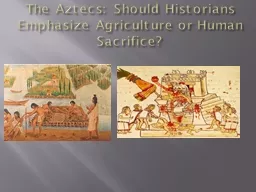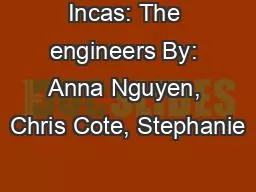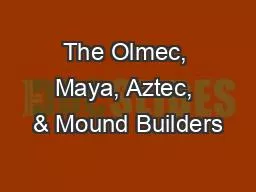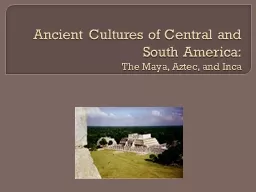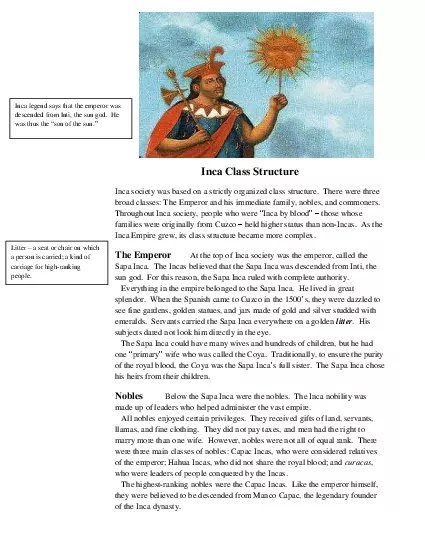PPT-Toltecs , Incas, Aztecs toltecs
Author : alida-meadow | Published Date : 2020-04-02
Moved into southern Mexico from north around time of Mayan collapse Took over and expanded Mayan centers Built capital city of Tula using Mayan architectural and
Presentation Embed Code
Download Presentation
Download Presentation The PPT/PDF document " Toltecs , Incas, Aztecs toltecs" is the property of its rightful owner. Permission is granted to download and print the materials on this website for personal, non-commercial use only, and to display it on your personal computer provided you do not modify the materials and that you retain all copyright notices contained in the materials. By downloading content from our website, you accept the terms of this agreement.
Toltecs , Incas, Aztecs toltecs: Transcript
Download Rules Of Document
" Toltecs , Incas, Aztecs toltecs"The content belongs to its owner. You may download and print it for personal use, without modification, and keep all copyright notices. By downloading, you agree to these terms.
Related Documents

